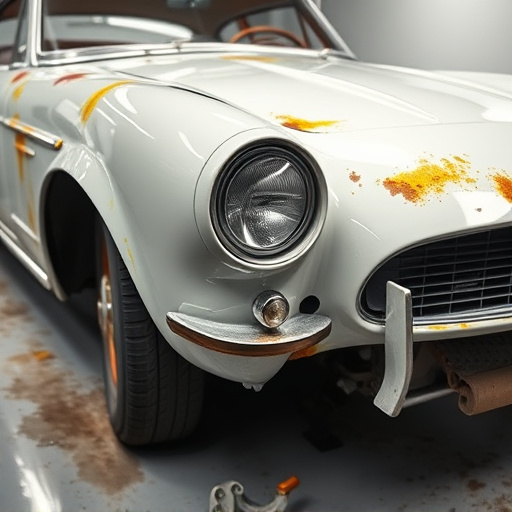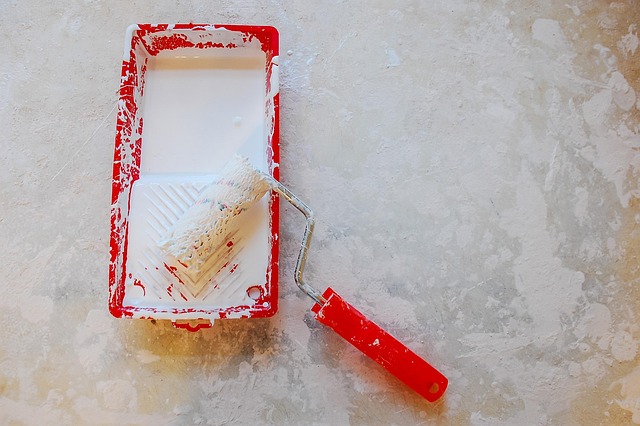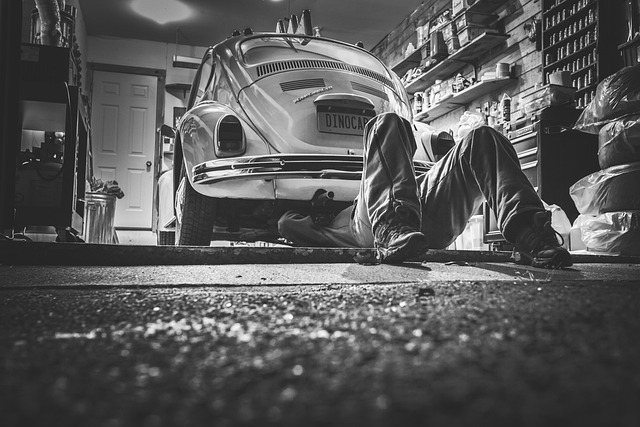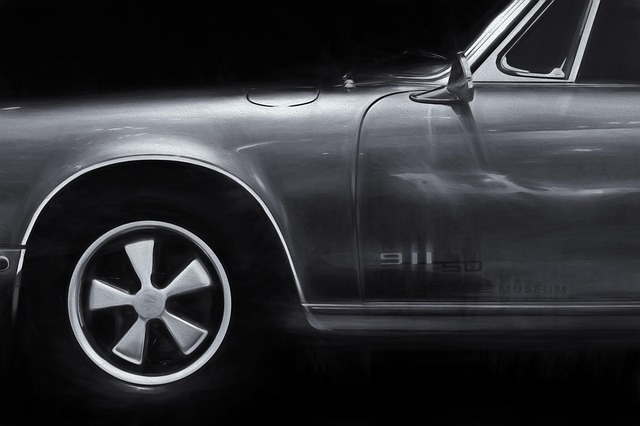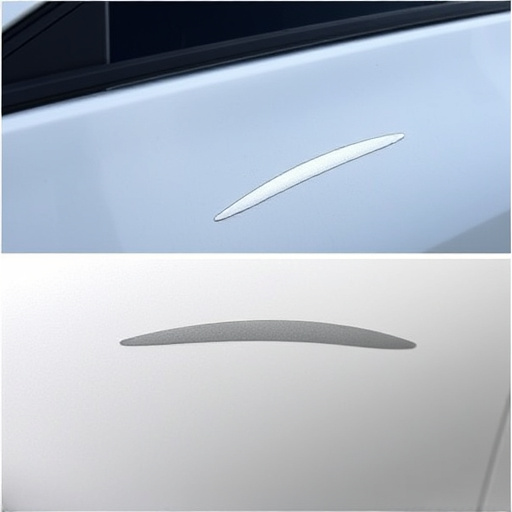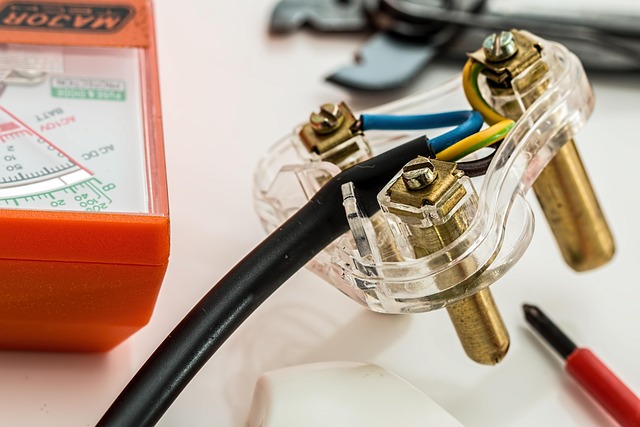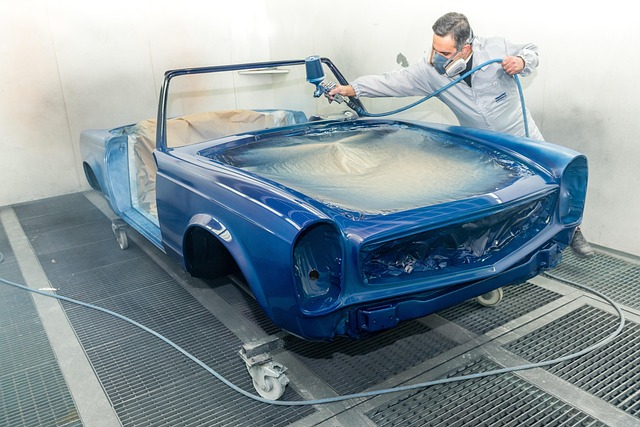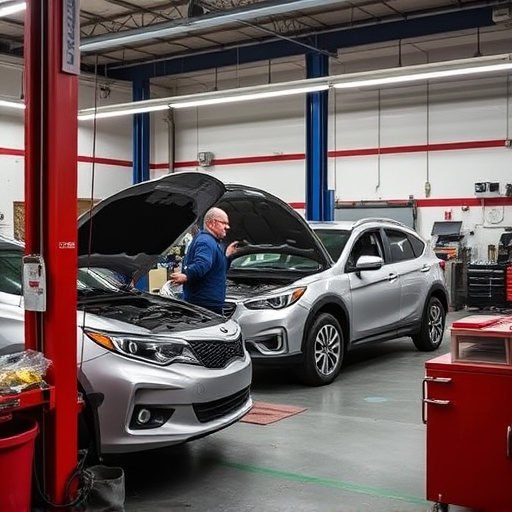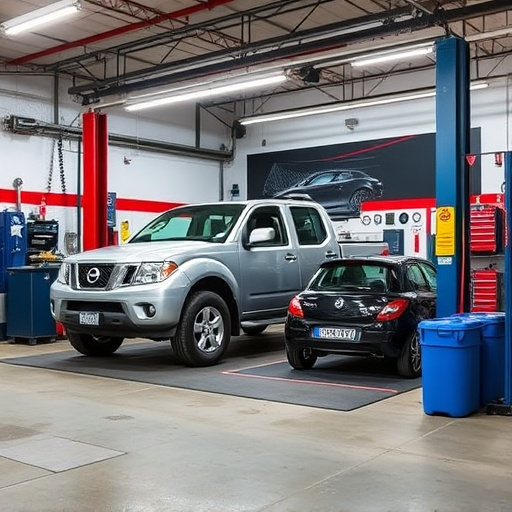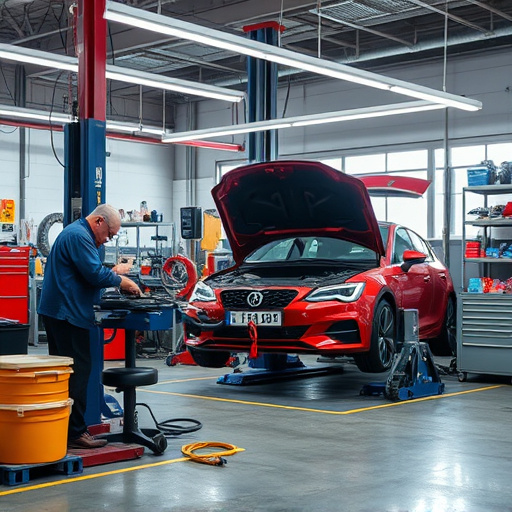UV curing systems revolutionize industries by swiftly drying and hardening coatings, adhesives, and inks through high-intensity UV light, enhancing auto repairs and finish quality while reducing traditional oven cycles. Key components like UV light sources and transparent cure chambers ensure efficient, consistent performance, with precise control over exposure for optimal results. These systems are widely adopted in automotive aftercare, classic car restoration, printing, packaging, and healthcare for fast, cost-effective, and eco-friendly dry-to-touch solutions.
“Discover the power of UV curing systems—a revolutionary technology transforming various industries. This article demystifies the process, highlighting how ultraviolet light swiftly hardens materials, offering unparalleled precision and efficiency. We’ll explore the essential components that make these systems tick, from UV lamps to optical filters. Unveiling its diverse applications, from printing to healthcare, you’ll grasp why UV curing is a game-changer, ensuring faster production times and superior results.”
- Understanding UV Curing Technology
- Key Components and Their Functions
- Applications and Benefits in Various Industries
Understanding UV Curing Technology
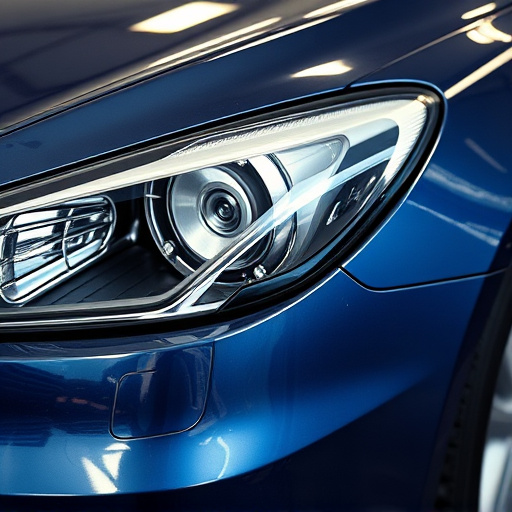
UV curing systems have revolutionized various industries, offering a rapid and efficient solution for drying and hardening coatings, adhesives, and inks. This technology utilizes high-intensity ultraviolet (UV) light to initiate chemical reactions within materials, leading to their cure or solidification. Understanding how UV curing works is essential when considering its application in auto maintenance, scratch repair, and even minor fender bender repairs.
The process involves the emission of UV radiation, which penetrates the surface of the material, exciting molecules that subsequently trigger a chemical transformation. This rapid curing mechanism not only speeds up production time but also enhances the overall quality of finishes. In automotive settings, for instance, UV curing can be used to quickly repair minor dents and scratches, offering a durable and aesthetically pleasing solution without the need for lengthy oven cycles or complex equipment.
Key Components and Their Functions
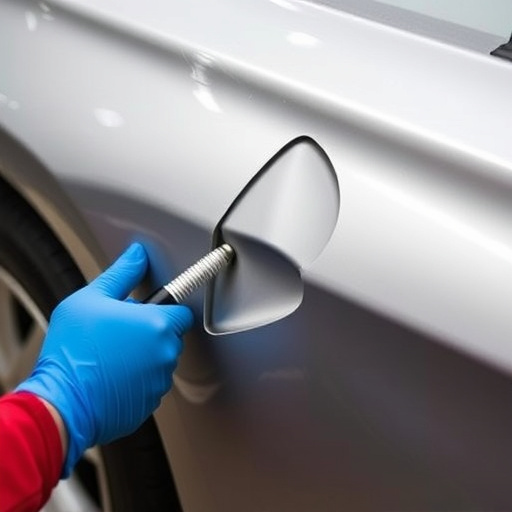
UV curing systems are a cutting-edge technology revolutionizing various industries, including automotive care. The core components of these systems play a pivotal role in their efficiency and effectiveness. At the heart of it all is the ultraviolet (UV) light source, which emits high-energy photons to initiate chemical reactions. These photons interact with specific monomers and oligomers present in the resin or coating material, causing them to polymerize rapidly. This process transforms the liquid or paste into a solid layer, offering exceptional bonding strength and durability.
Another vital component is the UV-transparent cure chamber, designed to contain and direct the UV light evenly across the surface of the material being cured. This ensures consistent and rapid drying, making it ideal for tasks like hail damage repair or collision damage repair on car bodywork. The ability to precisely control exposure time and intensity allows for precise curing, minimizing waste and maximizing efficiency in various applications.
Applications and Benefits in Various Industries
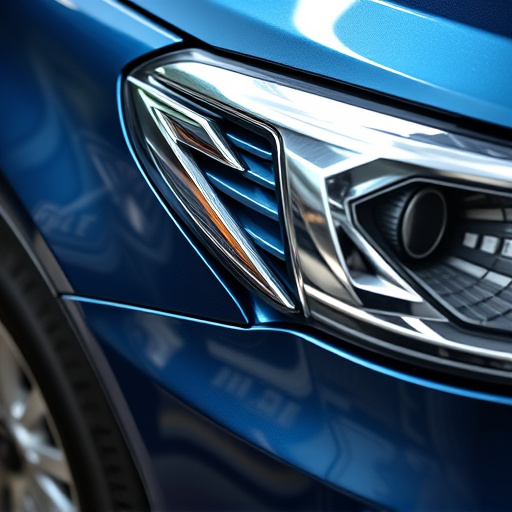
UV curing systems have transformed various industries with their efficient and precise applications. One of the most notable areas is automotive aftercare, particularly in autobody repairs and collision repair centers. These cutting-edge systems speed up the process of drying and hardening coatings, adhesives, and sealants used in car painting and detailing. This not only reduces repair times but also enhances the quality of finishes, ensuring a durable and glossy surface that matches the vehicle’s original specifications.
Beyond autobody repairs, UV curing systems find utility in classic car restoration projects. Restorers leverage these technologies to quickly and accurately apply protective coatings, preserving the intricate details and historical integrity of vintage vehicles. Furthermore, industries such as printing, packaging, and even healthcare benefit from UV curing systems for their ability to offer fast, dry-to-touch solutions that are both cost-effective and environmentally friendly.
UV curing systems have revolutionized various industries by offering fast, efficient, and environmentally friendly solutions for curing and hardening materials. By understanding the technology behind these systems, their key components, and their diverse applications, businesses can harness their benefits to streamline production processes, improve product quality, and reduce waste. UV curing continues to evolve, making it an essential consideration for modern manufacturing and material science.

